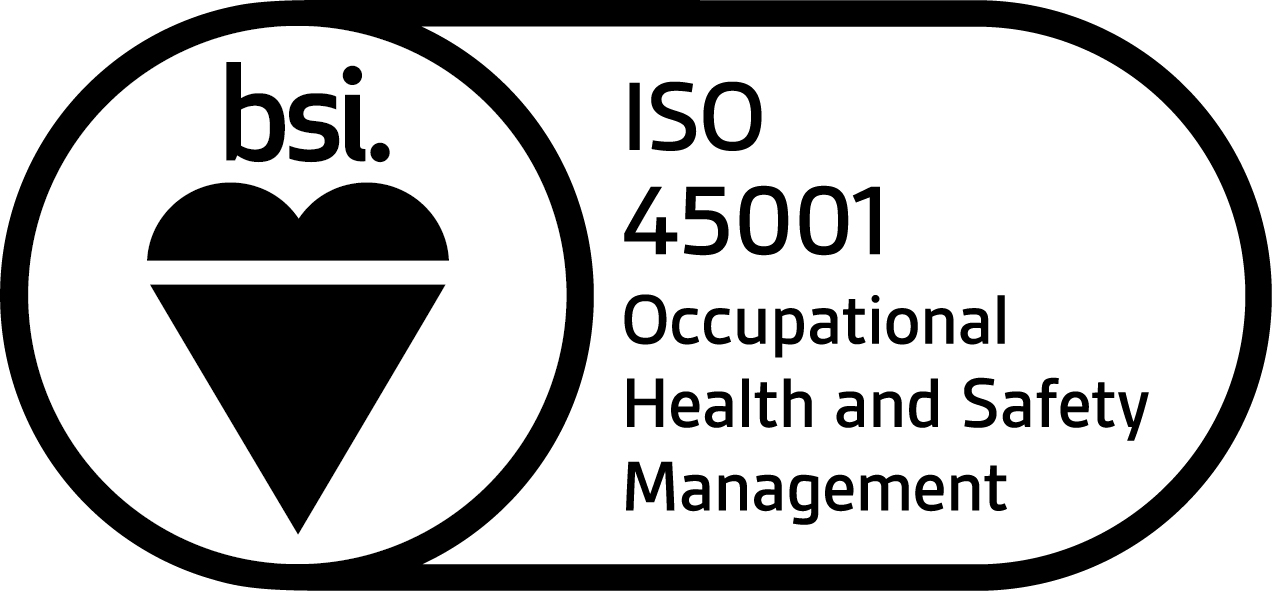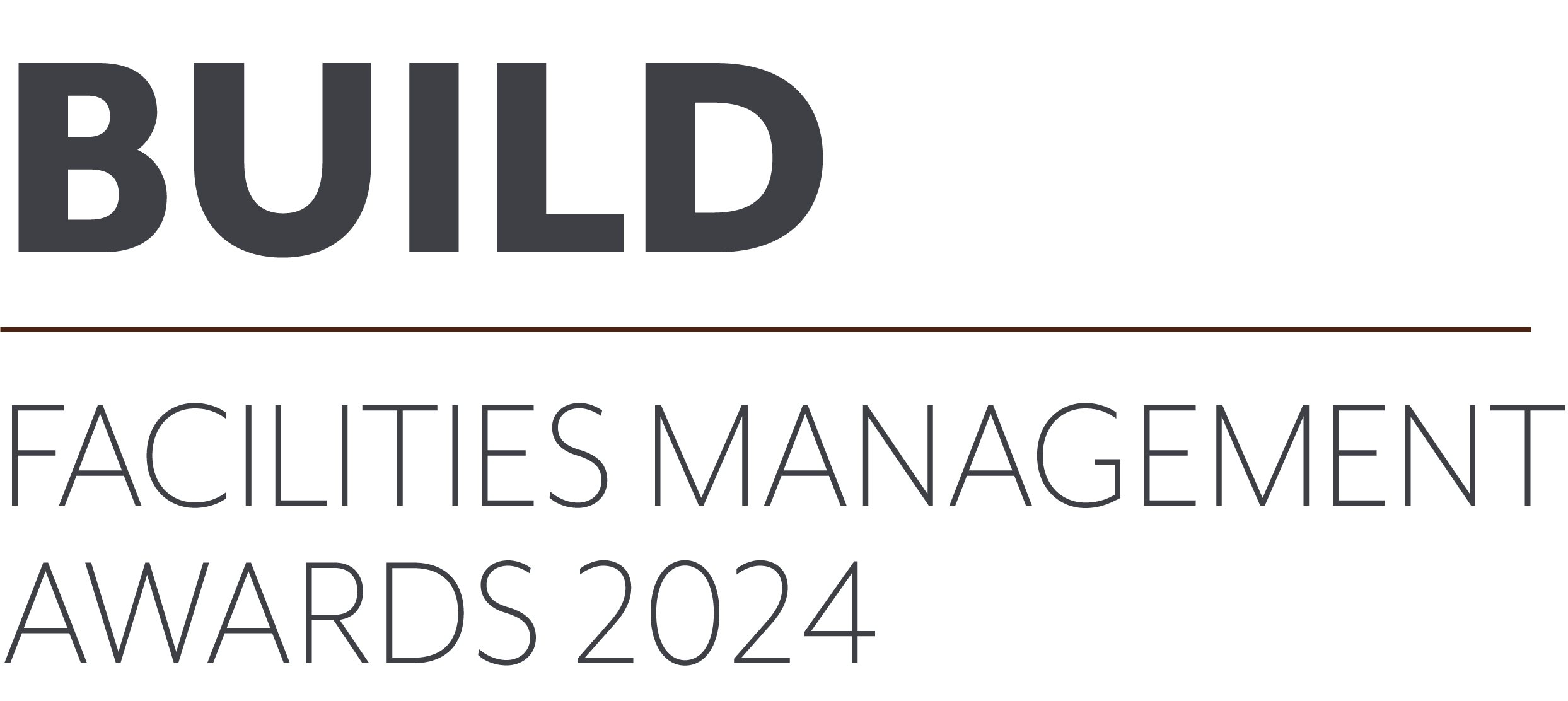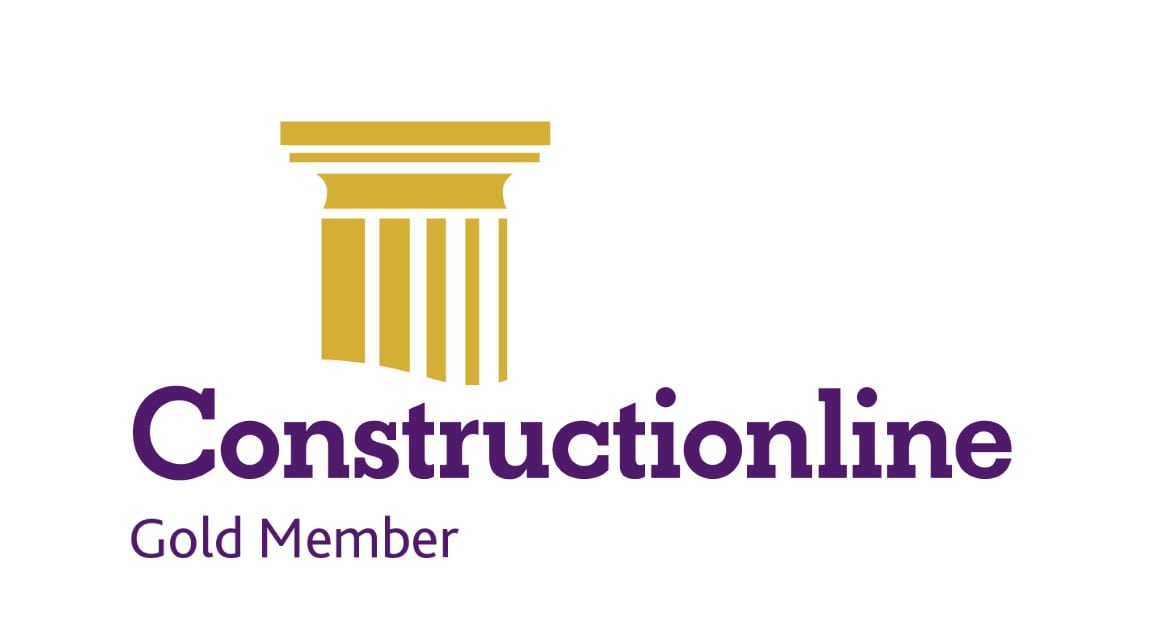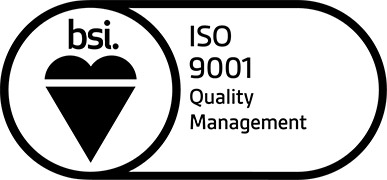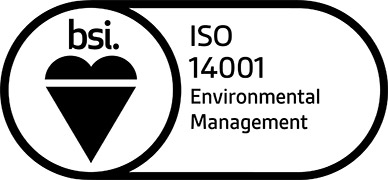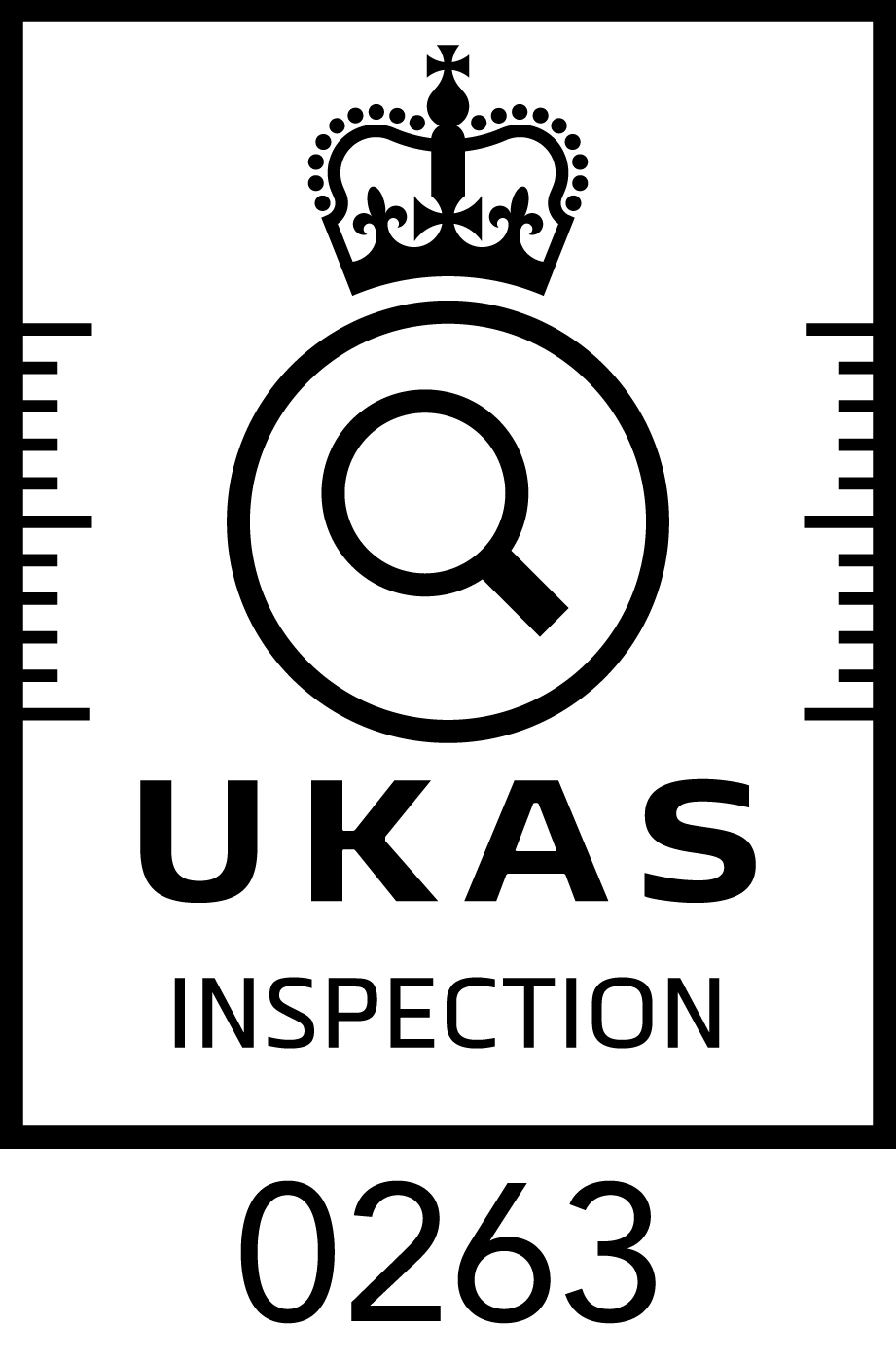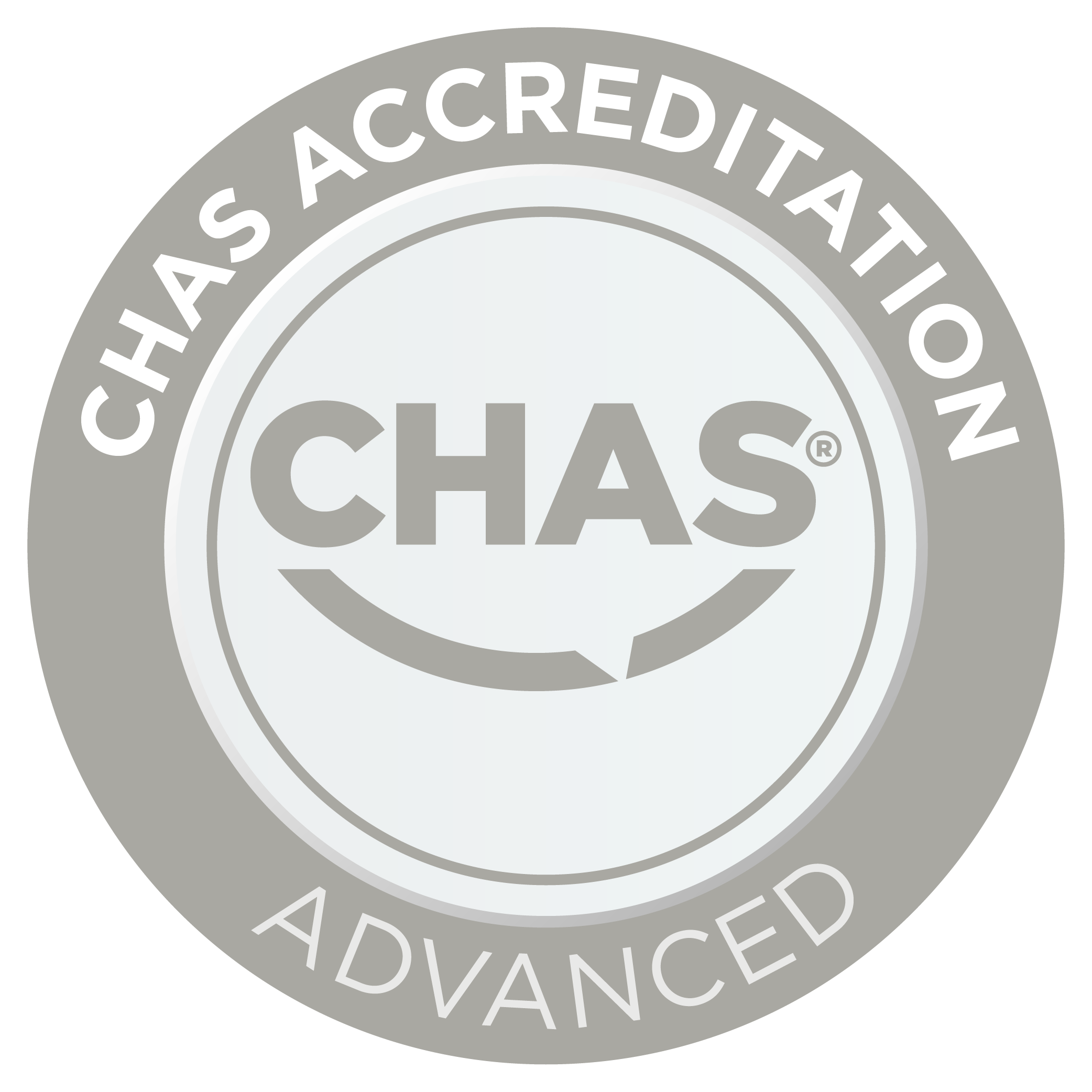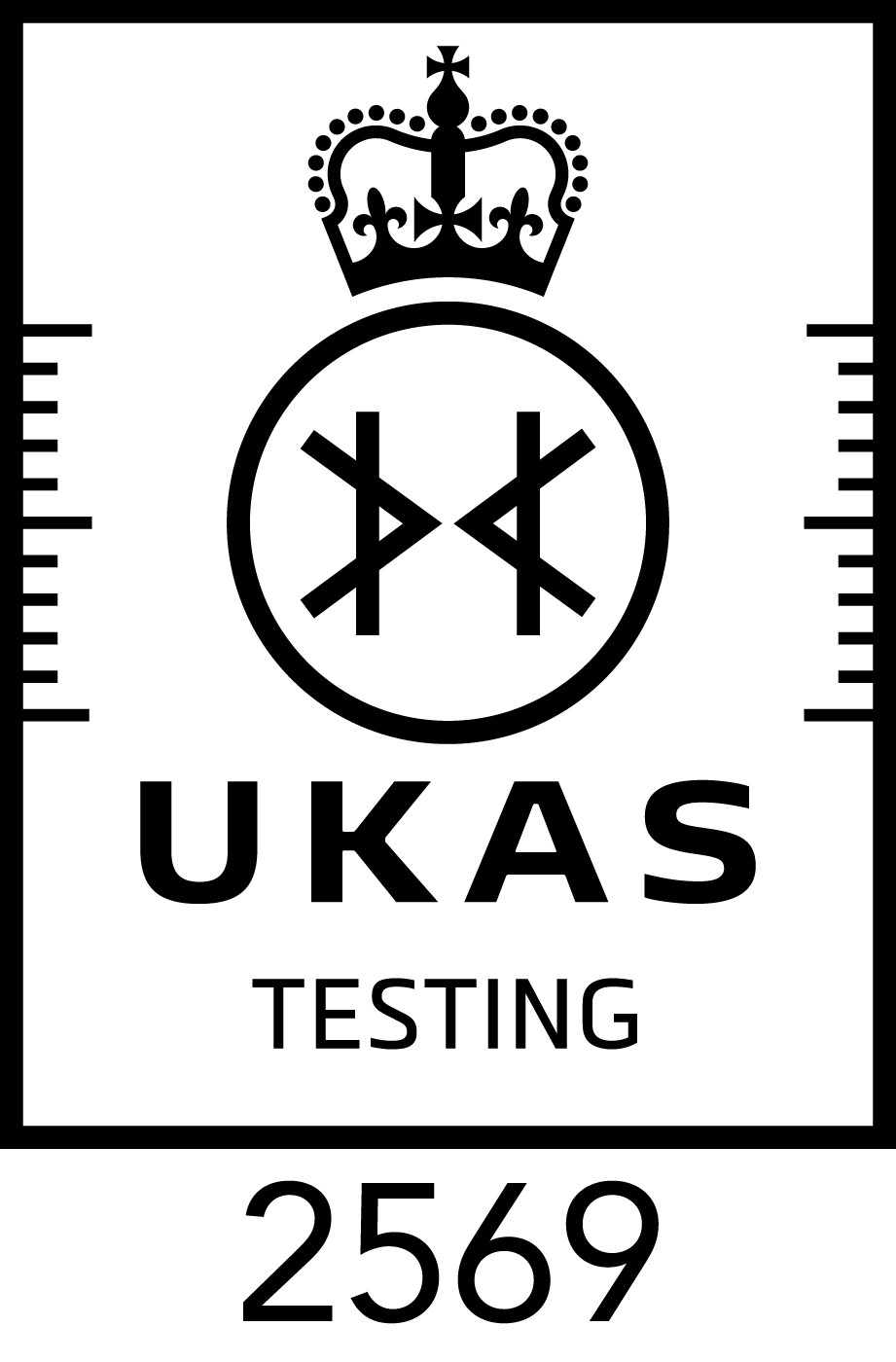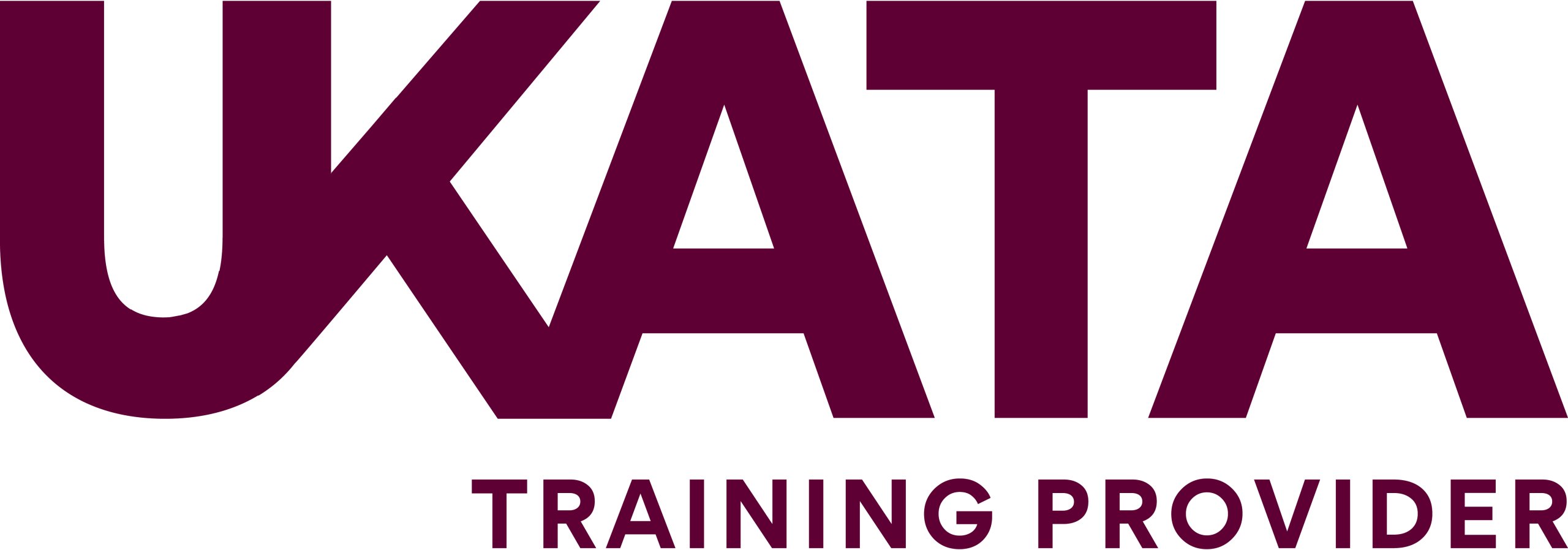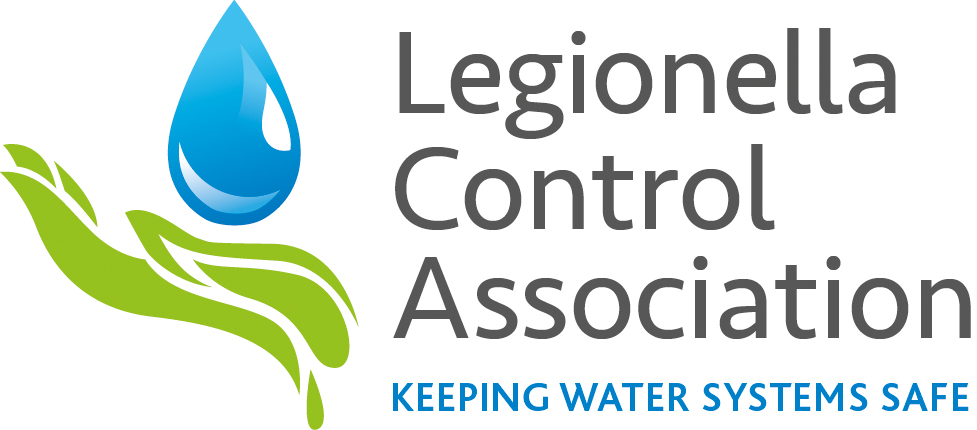Protecting people and planet
Protecting people and planet
Protecting people and planet
Protecting people and planet
Protecting people and planet
Radon in the Workplace: An Employer’s Responsibilities

Lucion Group
6th November, 2019
What is radon and how do we test for it?
Radon is a colourless, odourless radioactive gas which is formed by the radioactive decay of naturally occurring uranium in rocks and soils. It is therefore more prevalent in different geographical  locations depending on geology.
locations depending on geology.
Radon is everywhere but atmospheric background concentrations have a very low risk to human health. Radon is most commonly found in basements; however it can enter buildings and concentrate within most indoor spaces.
Greater concentrations of radon and longer exposure times can increase the risk of an individual developing lung cancer and other health problems.
Radon testing is simple and affordable, as a radon detector can be purchased from around £25. One detector per 100m2 will suffice in most spaces, however each basement space should have its own detector, irrespective of size.
At the end of the test period, detectors should be returned to the supplier so that a validated laboratory analysis can be carried out.
An employer's responsibilities
Concentrations of radon can be found in any type or size of workplace as it is dependent on a locations geological make-up. However, it is more common to find higher concentrations of radon in basements and unventilated areas.
In workplaces such as offices where hazards are normally low, radon can be the largest occupational health risk. Wider awareness of radon can, therefore, benefit your staff.
The Health & Safety at Work Act 1974 states that employers have a principal duty to ensure the health and safety of its employees, and others who have access to their work environment or are impacted by their work activities.
Workplaces in affected areas (potential above 1%) and all frequently occupied basements (regardless of potential) are required to be tested.
The Ionising Radiations Regulations 2017 place a duty on the employer to ensure radon concentrations are reduced as much as is reasonably practicable. The current regulatory radon action level is 300Bq/m3 for workplaces. Where radon levels exceed this, the employer is required to take immediate action, such as further testing, restricting access to affected locations, or remedial measures.
 Assess, measure, act, monitor
Assess, measure, act, monitor
-
Assess the risk of having a high radon level.
-
Measure the radon levels in the premises with a higher risk.
-
Act on any high results.
-
Monitor any changes to the premise or its use and assess the need to retest.
If you'd like to speak to someone about radon and your responsibilities as an employer, contact Dan Ellis (07733 084764).
Related article: Winter is the best time to test for radon
Register for IMPACT Bulletin
Don’t miss a beat - get the latest insights and updates from Lucion straight to your inbox.

